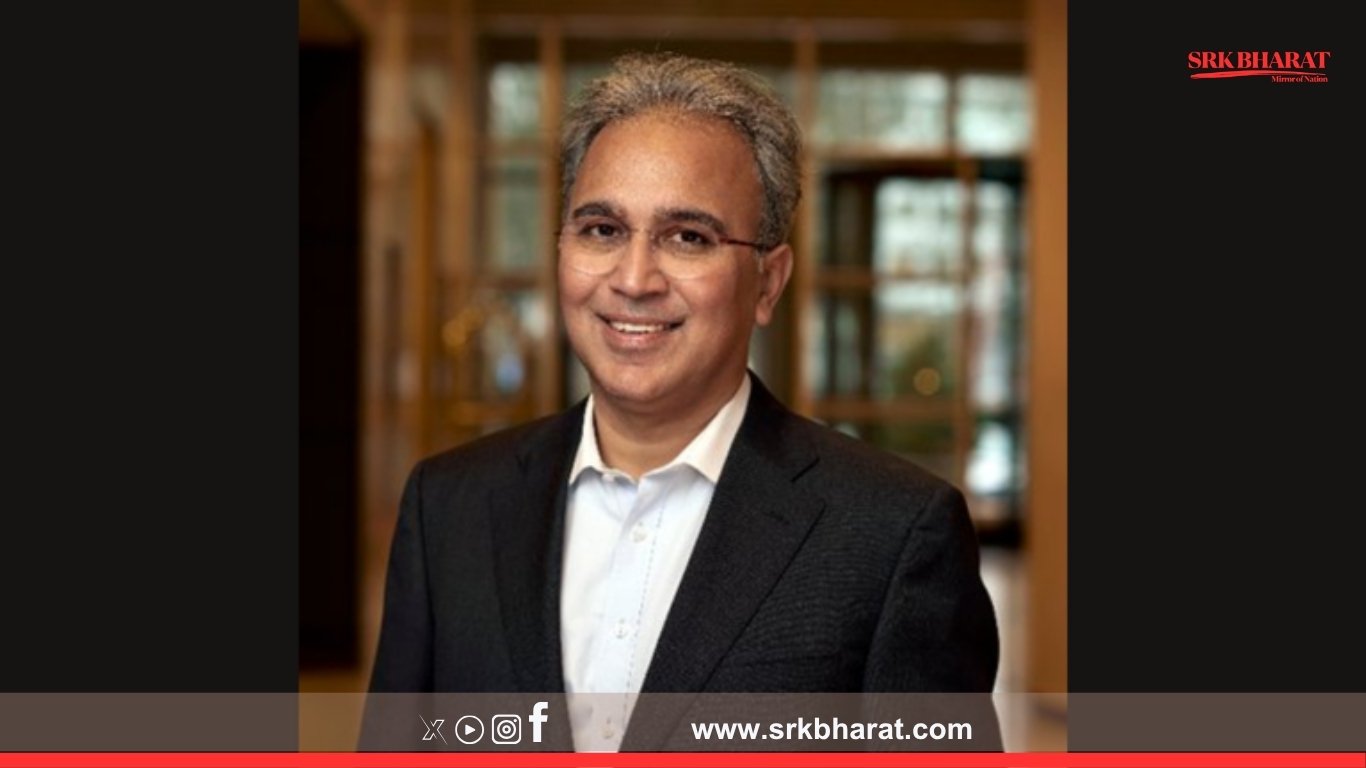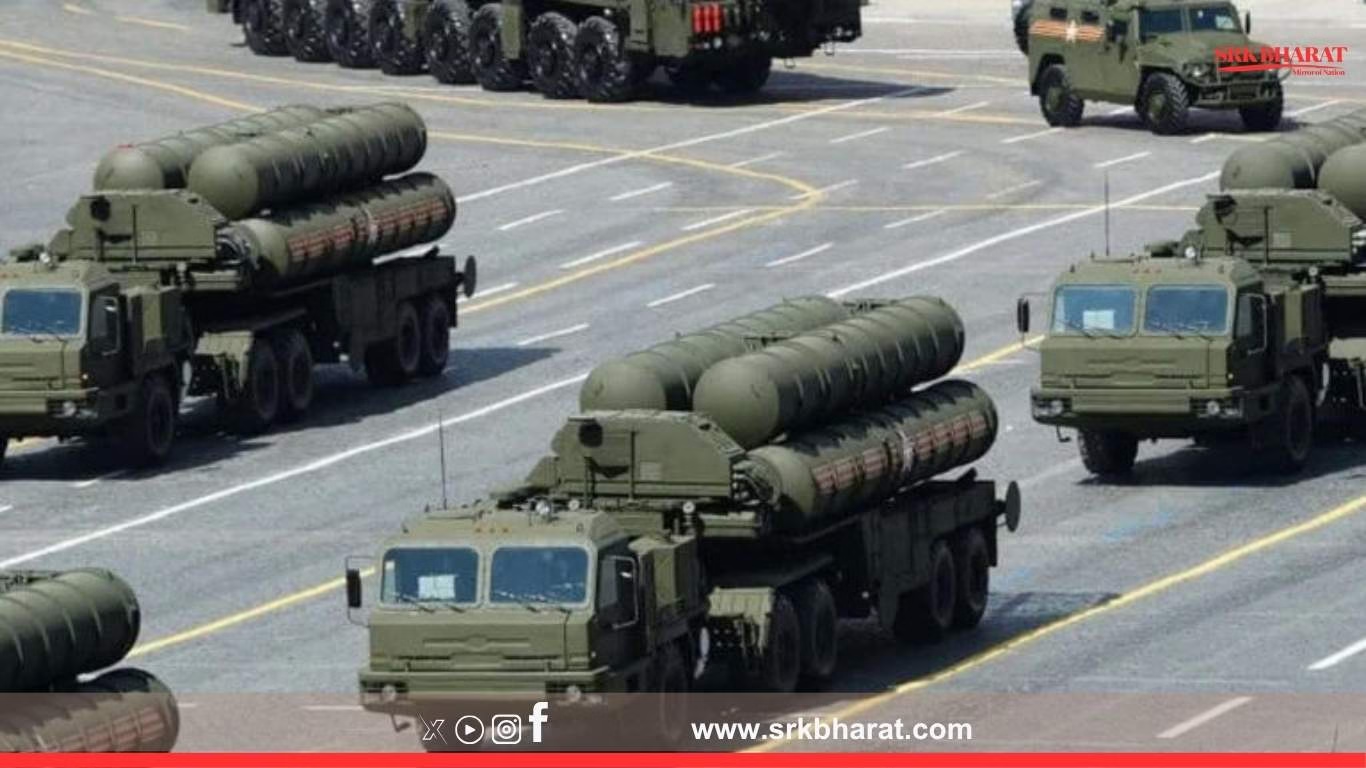India’s economic momentum continues to gain strength, with strong signals emerging from the private sector and global investors reaffirming their trust in India’s growth story. In recent economic forums and investor meetings, policymakers and industry leaders emphasised that capital expenditure (capex) across public and private sectors is underway at an accelerated pace, driven by confidence in macroeconomic stability, government reforms, and emerging sectoral opportunities.
Key signals of growing investor confidence
Union Finance Minister Nirmala Sitharaman, speaking at a recent financial inclusion summit, asserted:
“India today stands out as an attractive investment destination. Global investors have faith in India’s policy stability and reform momentum. Capex is happening on the ground, and this will propel medium to long-term growth.”
Her comments come amid encouraging economic data indicating a steady uptick in private sector investment proposals, greenfield project announcements, and disbursement of PLI-linked manufacturing investments.
Factors driving investor confidence in India
- Strong macroeconomic fundamentals: India’s GDP grew by 8.2% in FY24, inflation remains under control, and foreign exchange reserves are at robust levels above USD 640 billion.
- Policy reforms and regulatory clarity: Tax reforms, digitisation of compliance, GST stability, and corporate tax reduction have created an enabling business environment.
- Production-Linked Incentive (PLI) schemes: Over ₹3 lakh crore worth of manufacturing-linked investments have been committed across electronics, solar modules, batteries, auto components, pharmaceuticals, and textiles.
- Geopolitical reorientation: The global China+1 diversification strategy has catalysed investor interest in Indian manufacturing and supply chains.
- Infrastructure push: The government’s ₹11 lakh crore infrastructure capex in the Union Budget is crowding in private investment through enhanced connectivity and reduced logistics costs.
Private sector capex cycle revival
According to industry estimates and RBI data, private corporate investment proposals reached a record ₹4.5 lakh crore in FY24, marking a 35% increase over the previous fiscal. Key sectors witnessing fresh capex include:
- Electronics manufacturing (Apple, Foxconn, Dixon)
- Green energy (Adani, Reliance, ReNew Power)
- Automotive and EVs (Tata Motors, Mahindra, Ola Electric)
- Steel and cement (JSW Steel, UltraTech Cement)
- Data centres and digital infrastructure (Amazon Web Services, Google Cloud, Microsoft)
| Sector | Major Players Investing | Estimated Capex FY24-FY26 (₹ crore) |
|---|---|---|
| Electronics | Apple suppliers, Dixon, Foxconn | 1,00,000 |
| Renewables | Adani Green, Reliance New Energy | 1,50,000 |
| EVs & Auto | Tata Motors, Ola Electric, Mahindra | 75,000 |
| Steel & Cement | JSW Steel, UltraTech | 60,000 |
| Data Centres | AWS, Microsoft, Google Cloud | 40,000 |
Global investor sentiments
At the India Global Forum and Davos 2025 meetings, several global CEOs reaffirmed confidence in India’s growth trajectory. BlackRock CEO Larry Fink described India as:
“The most promising destination among emerging markets, with a young workforce, democratic stability, and digital leadership.”
Amazon CEO Andy Jassy announced an additional USD 15 billion investment in India’s e-commerce, AWS cloud, and data centres by 2028, citing seamless policy frameworks and India’s rapidly expanding digital consumer base.
Government’s infrastructure-led growth strategy
The Centre’s massive infrastructure capex plan remains a key anchor to crowd-in private investments. Recent projects launched include:
- Mumbai-Ahmedabad bullet train construction milestones
- Eastern and Western Dedicated Freight Corridors operationalisation
- Expansion of National Highway network to 1.8 lakh km by 2026
- Modernisation of 200 railway stations under Amrit Bharat scheme
- New greenfield airports in Uttar Pradesh, Gujarat, and North-East
These initiatives not only create demand for steel, cement, and construction materials but also improve ease of doing business by reducing transit times and logistics costs for manufacturers and exporters.
Expert views on the capex cycle
Economists and industry analysts agree that India’s capex revival is broad-based and sustainable:
- SBI Chief Economist Soumya Kanti Ghosh said:
“The long-awaited private capex cycle is finally visible with sectors like green energy, semiconductors, and EVs leading. Coupled with government infrastructure push, it can support 7%+ growth over the next decade.”
- CII President Rajiv Memani noted:
“Policy clarity, stable macro indicators, and large domestic demand are giving confidence to corporate boards to approve fresh investments.”
Employment and GDP impact
The capex surge is expected to:
- Create over 1 crore direct and indirect jobs in construction, manufacturing, logistics, and digital services over the next five years.
- Push India’s manufacturing share of GDP from ~16% to 22-25% by 2030, aligned with the National Manufacturing Policy goals.
- Enhance India’s export competitiveness, particularly in electronics, chemicals, textiles, and engineering goods.
- Generate higher tax revenues, enabling fiscal consolidation while sustaining growth.
Challenges to sustaining capex momentum
Despite the optimism, certain hurdles remain:
- Land acquisition and environmental clearances delays
- High cost of capital for MSMEs and mid-corporates
- Skill gaps in advanced manufacturing, semiconductors, and AI
- Geopolitical risks, including supply chain disruptions and global demand volatility
Government initiatives to address challenges
- Gati Shakti Mission: For seamless coordination of infrastructure clearances.
- Skill India 2.0: To address advanced skill gaps through apprenticeship reforms and global mobility partnerships.
- PLI scheme expansion: New sectors such as green hydrogen, aerospace, and shipbuilding being added for targeted investments.
- Ease of Doing Business 2.0: Further rationalising compliance burden and decriminalising business laws.
Social media reactions
The news of India’s capex momentum and positive investor sentiments has triggered strong discussion online, with hashtags such as #IndiaGrowthStory, #CapexRevival, and #InvestInIndia trending on Twitter. Many users welcomed the employment prospects, while others urged balanced environmental safeguards in mega projects.
Final thoughts
India’s return to a robust capex cycle, driven by government infrastructure push and private sector investment commitments, signals durable economic growth prospects. Investor confidence, as repeatedly highlighted by global and domestic CEOs, remains anchored in India’s demographic advantage, policy reforms, and strategic geopolitical positioning.
As Minister Piyush Goyal summed up:
“Investors globally believe India is the bright spot of this decade. Our challenge is to convert this faith into rapid execution, job creation, and equitable prosperity for all.”
Disclaimer: This news article is for informational purposes only. It includes statements from public speeches, industry data, and economic analysis based on official announcements and public domain inputs. Final investment execution remains subject to corporate approvals, regulatory clearances, and market conditions.











